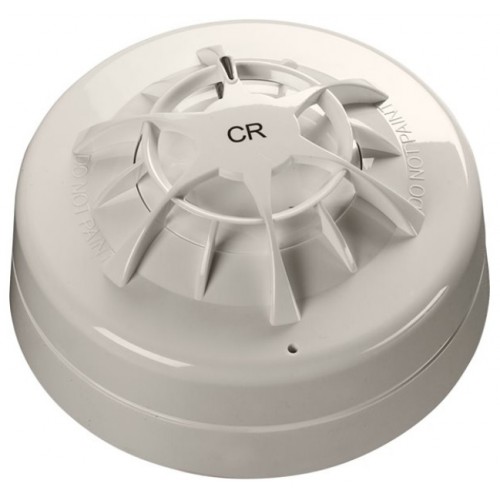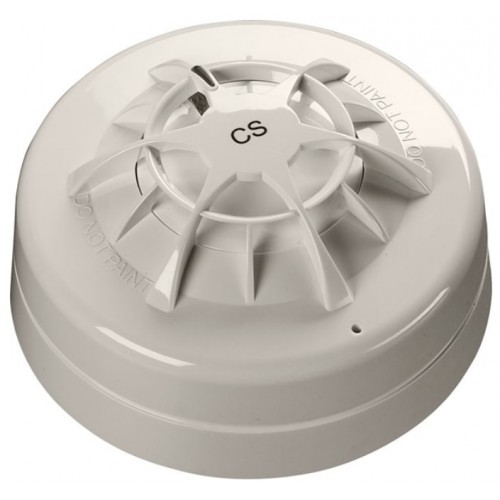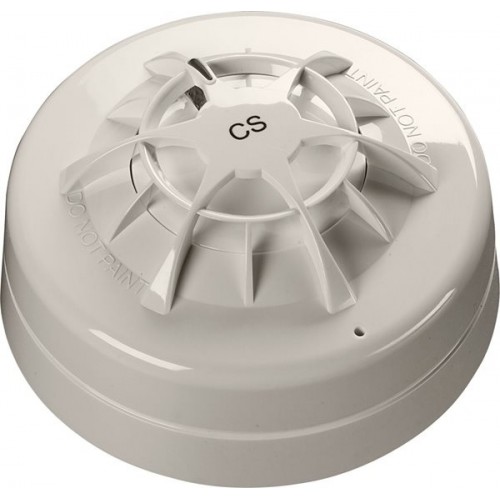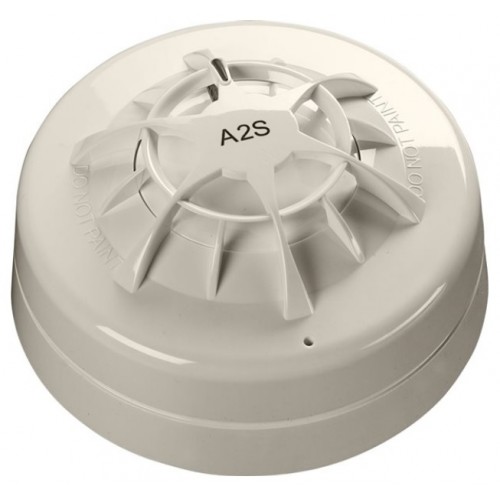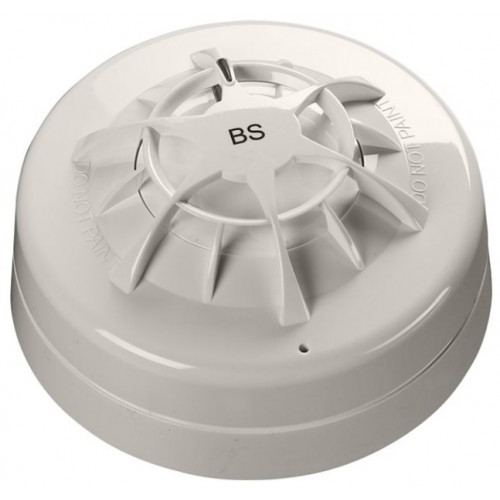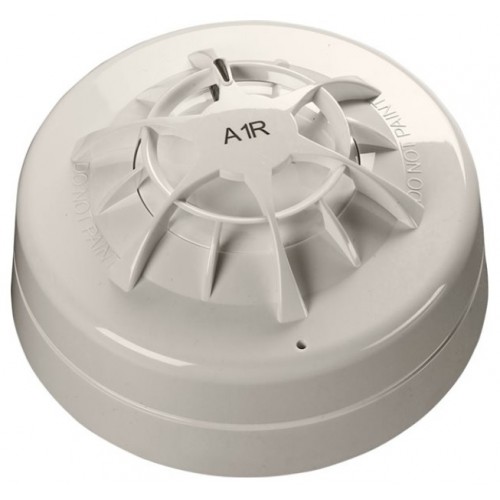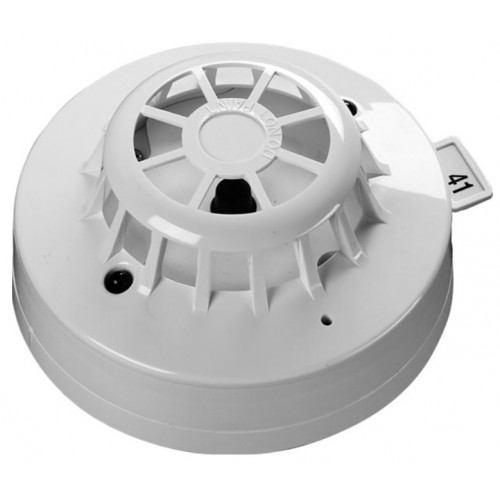Apollo Marine Orbis CR Heat Detector - ORB-HT-41005-MAR
Apollo Marine Orbis CR Heat Detector - ORB-HT-41005-MARThe Orbis Marine Heat Detector uses a single thermistor to sense the air temperature around the detector. There are twelve heat detectors in the Orbis Marine range designed to suit a wide variety of operating conditions.OperationOrbis heat detectors have an open-web casing which allows air to flow freely across a thermistor which measures the air temperature every 2 seconds. A microprocessor stores the temperatures and compares them with pre-set values to determine whether a fixed upper limit the alarm level has been reached. In the case of rate-of-rise detectors the microprocessor uses algorithms to determine how fast the temperature is increasing.Static heat detectors respond only when a fixed temperature has been reached. Rate-of-rise detectors also have a fixed upper limit but they also measure the rate of increase in temperature. A fire might thus be detected at an earlier stage than with a static detector so that a rate-of-rise detector is to be preferred to a static heat detector unless sharp increases of heat are part of the normal environment in the area protected by the heat detector.Key FeaturesCan be used for applications where smoke detectors are unsuitableIdeal for environments that are dirty or smoky under normal conditions




